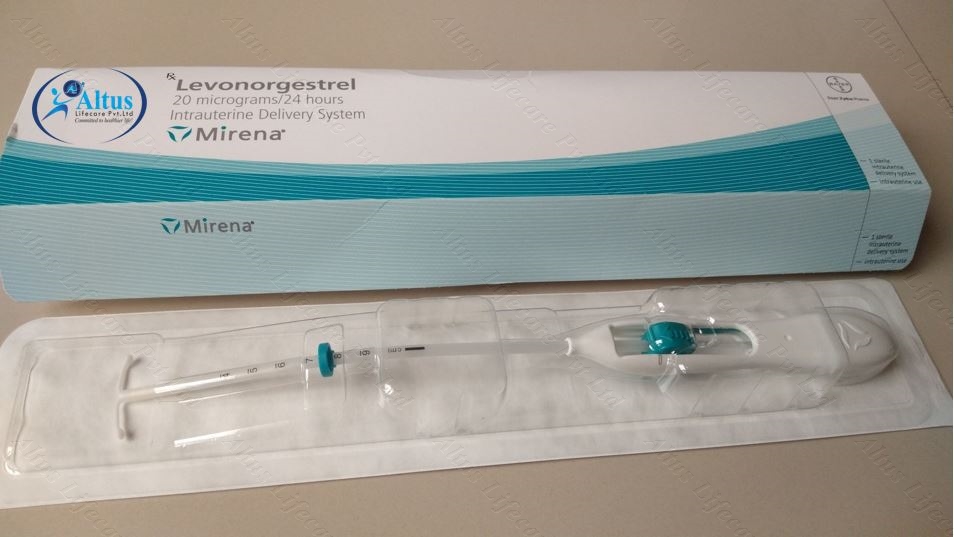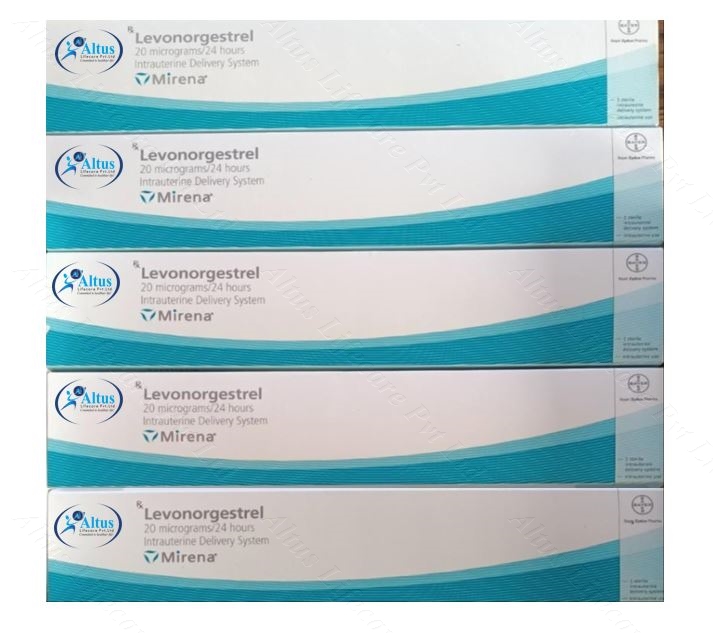No products in the cart.
Return To Shop
Menu
Categories
- Anti Viral
- Bimatoprost
- Antibiotics
- Women's Health
- Cetaphil
- Botulinum
- Diabetes
- Human Albumin
- Anti Malarial
- Dermal fillers
- Chemical Peels
- Nephrology Segment
- Kidney / Liver Care
- Anti Cancer
- Altus Product's
- Pharmaceutical Products
- Anti Fungal
- Hepatitis
- Beauty & Skin Care
- Asthma
- Modafinil
- Urology Segment
- Thyroid Care
- Armodafinil
- HIV Medicines
- Weight Loss
- Naltrexone
- Anti Emetic
- Neuropathic Pain
- Mens Health
- Hair Loss
- Pain Relief
- HCG Injections
- Quit Smoking
- Pharmaceutical Vaccine
- Best Selling Products
Wishlist
0
Sign in
Login
Register
- Anti-Cancer
- Armodafinil
- Bimatoprost
- Botulinum
- Dermal Fillers
- Hepatitis
- Mens-health
- Modafinil
- Naltrexone
- ANTI EMETIC
- Altus Product’s
- Anti Fungal
- Anti Malarial
- Anti Viral
- Antibiotics
- Asthma
- Beauty & Skin Care
- Cetaphil
- Chemical Peels
- Diabetes
- Hair Loss
- HCG Injections
- HIV Medicines
- Human Albumin
- Kidney / Liver Care
- Neuropathic Pain
- Pain Relief
- Pharmaceutical Products
- Pharmaceutical Vaccine
- Quit Smoking
- Thyroid Care
- Weight Loss
- Women’s Health
Shop and get discounts
Worldwide Shipping
Menu
Categories
- Anti Viral
- Bimatoprost
- Antibiotics
- Women's Health
- Cetaphil
- Botulinum
- Diabetes
- Human Albumin
- Anti Malarial
- Dermal fillers
- Chemical Peels
- Nephrology Segment
- Kidney / Liver Care
- Anti Cancer
- Altus Product's
- Pharmaceutical Products
- Anti Fungal
- Hepatitis
- Beauty & Skin Care
- Asthma
- Modafinil
- Urology Segment
- Thyroid Care
- Armodafinil
- HIV Medicines
- Weight Loss
- Naltrexone
- Anti Emetic
- Neuropathic Pain
- Mens Health
- Hair Loss
- Pain Relief
- HCG Injections
- Quit Smoking
- Pharmaceutical Vaccine
- Best Selling Products
Wishlist
0
0
Cart
$0.00
0
No products in the cart.
Return To Shop Shopping cart (0)
Subtotal: $0.00
Worldwide Shipping
Rated 5.00 out of 5 based on 1 customer rating
(1 customer review)
Compare
Please, enable Compare.
Category: Pharmaceutical Products
$96.84 Original price was: $96.84.$86.64Current price is: $86.64.
Have questions?
Our experts are ready to help.
Call : +91 9002 1002 33
PRODUCT INTRODUCTION
Mirena Intrauterine Delivery System is a hormone-releasing device for long-term birth control (contraception). It is a T-shaped intrauterine device (IUD) placed inside the womb (uterus) where it slowly releases the hormone levonorgestrel.
Mirena Intrauterine Delivery System is also used to treat heavy periods (heavy menstrual bleeding). It should be inserted by the doctor or healthcare professional. It remains implanted in your womb for several years and is safe to use effectively for 5 years. However, it can be removed easily when you plan a pregnancy. You should follow your doctor’s advice while using this device. Your doctor may suggest a follow-up examination after 4-12 weeks of inserting the device.
You may experience cramps, bleeding, or dizziness after device insertion, consult your doctor if it lasts for more than 30 minutes. Before using this device, inform your doctor about all other medicines you are taking as many of these may make this medicine less effective or change the way it works.
USES OF MIRENA UNIT
- Contraception
- Heavy menstrual bleeding
BENEFITS OF MIRENA UNIT
In Contraception
Mirena Intrauterine Delivery System is a device that stops you from getting pregnant. It is a reliable and safe method for contraception, if used correctly. It does not interrupt with sex and you can lead a normal routine life without any worries. Follow your doctor’s instructions carefully to get maximum benefit.
In Heavy menstrual bleeding
Mirena Intrauterine Delivery System slows the growth of the lining of the womb before menstruation, which reduces the bleeding during menstruation. If heavy periods become such a problem that they interfere with your everyday life, then try taking things a little easier on those days. Some women find that relaxation techniques or yoga help them feel more relaxed and reduce stress. Getting a lot of exercise can also help.
“Empowering Women’s Health: Understanding Levonorgestrel”
Levonorgestrel is a progestin medication that has made a significant impact on women’s health and reproductive choices. It is a key component of various hormonal contraceptives, such as emergency contraceptive pills and intrauterine devices (IUDs). In this blog post, we’ll delve into the world of levonorgestrel, exploring its mechanisms, applications, and its role in providing women with the means to make informed decisions about their reproductive health. From preventing unintended pregnancies to managing certain medical conditions, levonorgestrel plays a pivotal role in empowering women and expanding their healthcare choices.
Levonorgestrel is known for its effectiveness in preventing pregnancy, particularly when used as an emergency contraceptive within a few days of unprotected intercourse. It can also be found in hormonal IUDs, which provide long-term contraception by thickening cervical mucus, inhibiting sperm movement, and altering the uterine lining. Furthermore, levonorgestrel-releasing IUDs have shown promise in managing conditions like heavy menstrual bleeding and endometriosis, offering relief to many women.
This blog post aims to provide a comprehensive understanding of levonorgestrel, its diverse applications, and the choices it offers to women in managing their reproductive health. Whether you’re seeking information about contraception, exploring options for menstrual health management, or simply curious about the role of levonorgestrel in women’s healthcare, this post will empower you with valuable insights into this essential medication.
“Levonorgestrel Ethinyl Estradiol: Empowering Women’s Reproductive Health”
Levonorgestrel and ethinyl estradiol are two key components of many combined oral contraceptives commonly known as “the pill.” Together, they offer women an effective and versatile method of birth control, while also providing a range of additional benefits. In this blog post, we will explore the dynamic combination of levonorgestrel and ethinyl estradiol, their mechanisms, and how they play a pivotal role in empowering women to take charge of their reproductive health. From contraception to addressing menstrual irregularities, these two hormones offer a comprehensive solution for women’s healthcare.
Levonorgestrel, a progestin, and ethinyl estradiol, an estrogen, work together to prevent pregnancy by inhibiting ovulation, thickening cervical mucus to impede sperm movement, and altering the uterine lining to discourage implantation. This combination has been a reliable choice for women seeking contraception. Additionally, it can help regulate menstrual cycles, manage conditions like polycystic ovary syndrome (PCOS), and reduce the intensity of menstrual cramps. Its versatile applications offer women the flexibility to address various aspects of their reproductive health.
This blog post aims to provide insights into the synergistic role of levonorgestrel and ethinyl estradiol in women’s reproductive health. Whether you’re considering contraception, seeking solutions for menstrual health, or interested in the science behind combined oral contraceptives, this post offers valuable information to help you make informed decisions about your reproductive well-being.
SIDE EFFECTS OF MIRENA UNIT
Most side effects do not require any medical attention and disappear as your body adjusts to the medicine. Consult your doctor if they persist or if you’re worried about them
Common side effects of Mirena
- Irregular uterine bleeding
- Ovarian cysts
- Pelvic pain
- Dizziness
HOW MIRENA UNIT WORKS
Mirena Intrauterine Delivery System is placed inside the womb (uterus) where it slowly releases the hormone levonorgestrel. This hormone may work in several ways. It may thicken cervical mucus, which affects sperm movement in the uterus. It also makes the lining of the uterus thinner. It may also stop the release of egg from the ovaries. These actions may held responsible for its various therapeutic effects.
SAFETY ADVICE


Alcohol
No interaction found/established

Pregnancy
No interaction found/established

Breast feeding
No interaction found/established

Driving
No interaction found/established

Kidney
No interaction found/established

Liver
No interaction found/established
1 review for Mirena Intrauterine Delivery System | Levonorgestrel
Add a review Cancel reply
Related products
Apigat 5 Tablet | Apixaban 5mg
From: $41.03Eptus 50 Tablet (Eplerenone 50mg)
From: $66.23Storvas Tablet (Atorvastatin 40mg | 80mg)
From: $52.60Janumet 50mg-1000mg Tablet
From: $115.00Zyrolic Tablet (Allopurinol 100mg / 300mg)
From: $28.57Eptus 25 Tablet (Eplerenone 25mg)
From: $62.34Januvia 25mg Tablet (Sitagliptin 25mg)
From: $61.04People also bought
-
Benoquin 40 Cream | Monobenzone 40%
From: $154.77 - From: $38.38
- From: $40.05
-
Aziderm 10% Cream 15gm | Azelaic Acid 10%
From: $39.26
Our Services
Shipping
Shipping at Discounted Price
Money Returns
Return Within 30 Days
Secure Payment
Safe & Secure Payment
Support 24/7
Contact 24 Hours Day
Octride Depot Injection | Octr...
From: $311.69


ULTRAVIST 300 Injection 50ml
From: $143.15
More
More
- Anti-Cancer
- Armodafinil
- Bimatoprost
- Botulinum
- Dermal Fillers
- Hepatitis
- Mens-health
- Modafinil
- Naltrexone
- ANTI EMETIC
- Altus Product’s
- Anti Fungal
- Anti Malarial
- Anti Viral
- Antibiotics
- Asthma
- Beauty & Skin Care
- Cetaphil
- Chemical Peels
- Diabetes
- Hair Loss
- HCG Injections
- HIV Medicines
- Human Albumin
- Kidney / Liver Care
- Neuropathic Pain
- Pain Relief
- Pharmaceutical Products
- Pharmaceutical Vaccine
- Quit Smoking
- Thyroid Care
- Weight Loss
- Women’s Health





















Haylee (verified owner) –
“Shipping was quick, and the product quality is outstanding!”